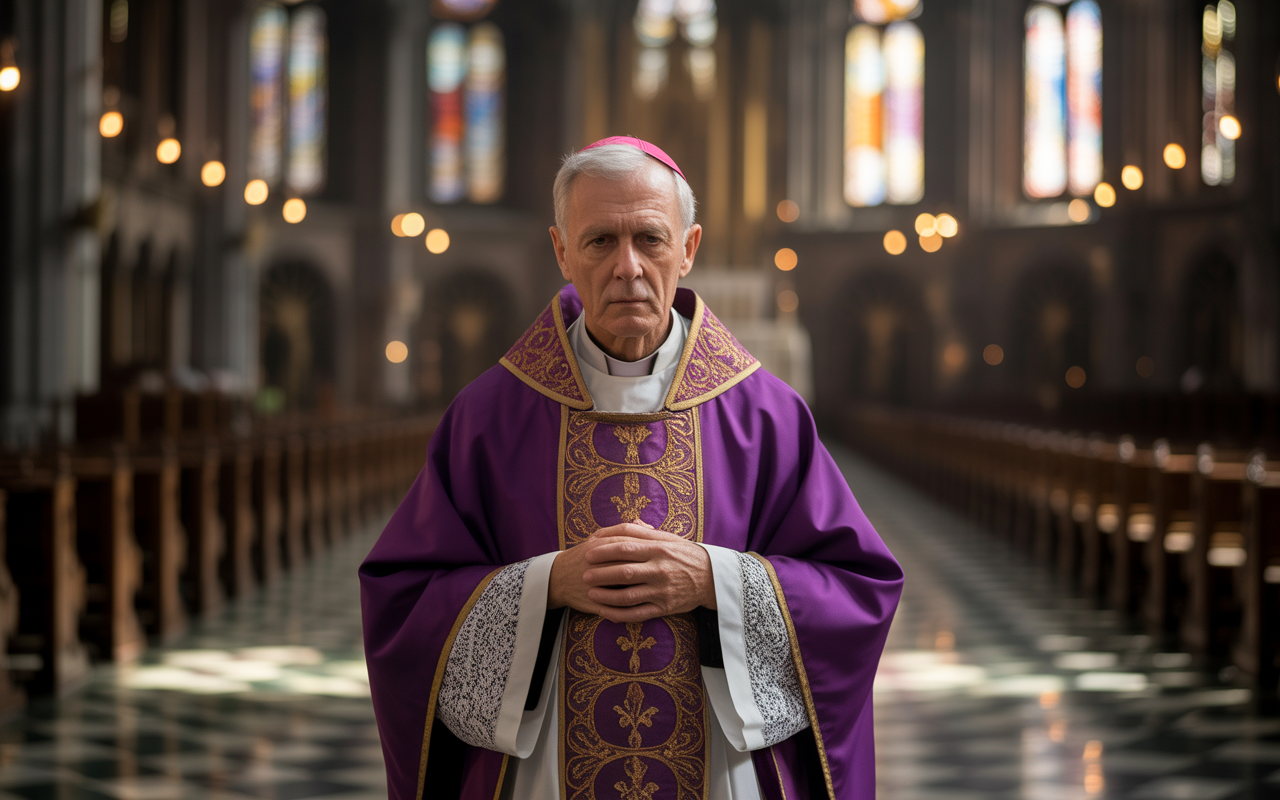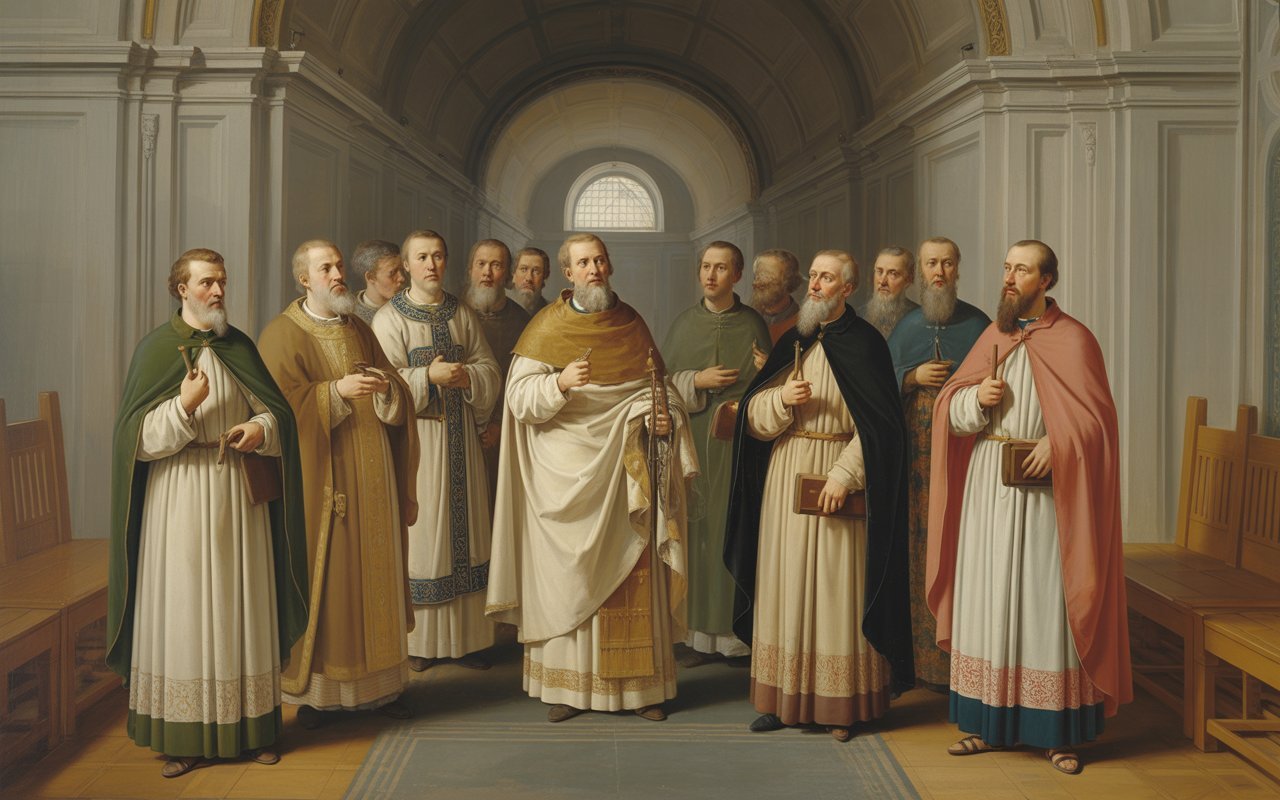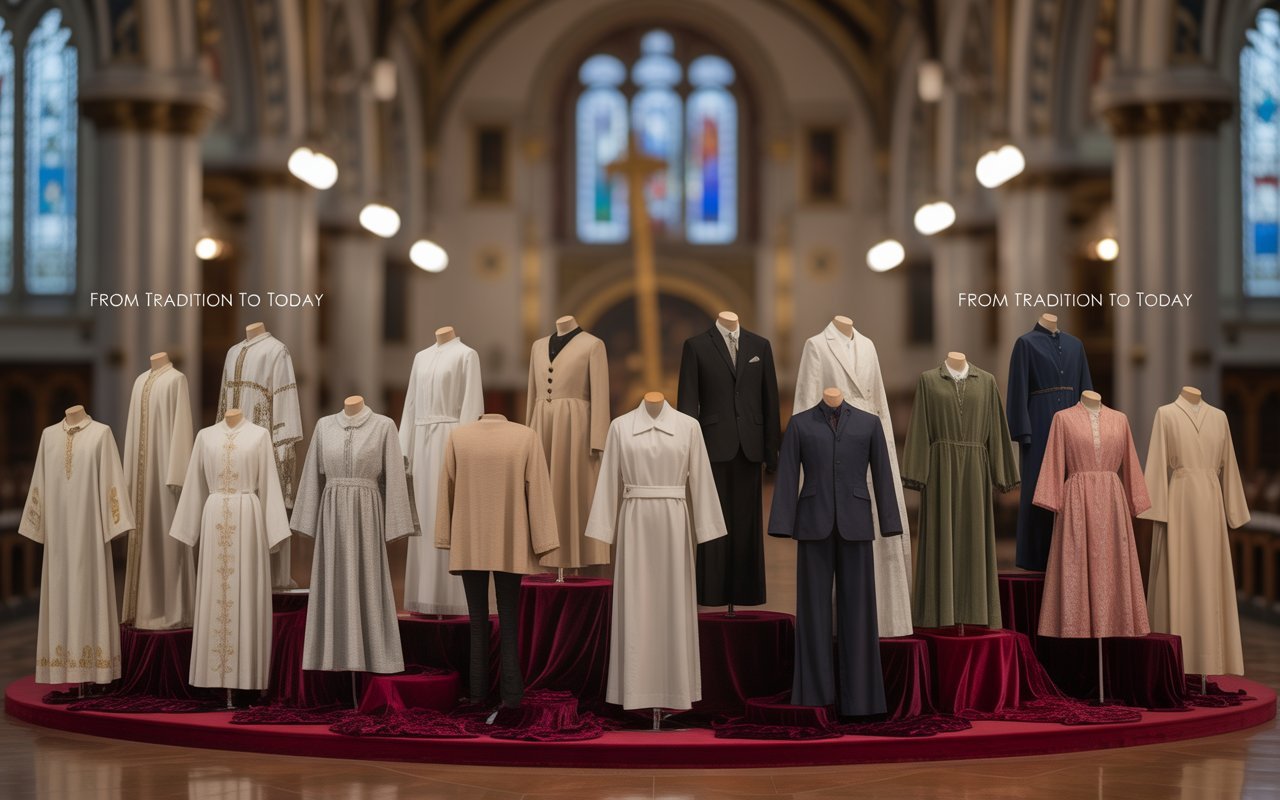Blog
The Symbolism Behind Clergy Robes: What Your Vestments Say Without Words

In worship services around the world, clergy robes and vestments carry deep meaning far beyond their fabric. These garments are not just attire — they are powerful symbols that communicate tradition, reverence, and the sacred role of those who wear them. Understanding the symbolism behind clergy robes enriches our appreciation for their purpose and invites us into the rich history of faith.
The Origins of Clergy Vestments
Clergy robes date back centuries, evolving from everyday clothing in ancient times to garments specifically designed for worship. Early Christian leaders adapted Roman and Jewish attire into distinct vestments that set them apart during sacred rites. Over time, colors, styles, and accessories developed to represent theological themes and liturgical seasons.

The Language of Colors
One of the most striking aspects of clergy robes is their color, which follows a liturgical calendar with specific meanings:
- White: Symbolizes purity, joy, and resurrection; worn during Christmas, Easter, and celebrations like baptisms and weddings.
- Purple: Represents penitence and preparation; seen during Advent and Lent.
- Red: Signifies the Holy Spirit and martyrdom; used on Pentecost and feast days of martyrs.
- Green: Denotes growth and life; the standard color for Ordinary Time in many denominations.
These colors speak silently to congregations, guiding worshippers through the seasons of faith.

The Power of Design and Accessories
Beyond color, the design of vestments carries symbolic weight:
- The Stole: A narrow strip of cloth draped over the shoulders, symbolizing the yoke of Christ and the authority of ordained ministry.
- The Chasuble: The outermost garment worn during Eucharist, representing charity and the yoke of service. Its shape and embellishments often carry deep theological meaning.
- The Alb: A white linen tunic symbolizing baptismal purity and the “garment of salvation.”
These garments remind both clergy and congregation of the responsibilities and spiritual calling inherent in ministry.
Why Vestments Matter Today
In modern worship, clergy vestments continue to uphold tradition and identity. They provide a visual connection to centuries of faith and inspire reverence. Wearing these garments reminds ministers of their sacred role and helps congregants enter into worship with a sense of the holy.
Moreover, thoughtfully crafted vestments, like those from Worship Attires, combine tradition with quality craftsmanship — ensuring that each garment is not only symbolic but also durable and comfortable for the daily demands of ministry.
Conclusion
Clergy robes are far more than just clothing; they are a living language of faith and service. By understanding the symbolism woven into every thread, worshippers can deepen their connection to worship and appreciate the sacred calling of those who serve. The next time you see a pastor or priest in their vestments, remember — those garments are saying something profound without a single word.

